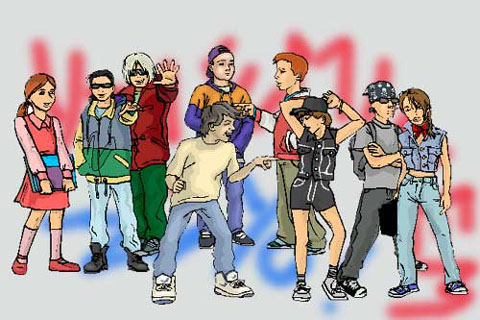Tips for a Healthy Eating Lifestyle

One size does not fit all when it comes to healthy eating. Yet anyone can follow some simple tips to create patterns that will help them eat well and reap the benefits of a long-term healthy eating lifestyle.
Dr. Hooman Yaghoobzadeh, a cardiologist at NewYork-Presbyterian/Weill Cornell Medical Center, says there’s real value to doing a “deep dive” into how we eat. Visit Washingtoncitypaper.
“Several dietary patterns are linked to good health,” he says, “including a plant-based whole foods diet and a Mediterranean diet. Other patterns, like a highly processed foods diet and a Southern diet, are linked to disease such as diabetes and heart disease.”
Although controversy exists as to what constitutes the ideal diet, there is little controversy about the healthy patterns in the American Heart Association’s diet and lifestyle recommendations, Dr. Yaghoobzadeh says.
Here, Dr. Yaghoobzadeh offers recommendations to get started on a healthy eating pattern, with four essential goals to lead the way: reduce sugar, increase fiber, reduce processed foods, and reduce saturated fat.
“If you can master these tips for a month, then at least you will carry some, if not all, of the habits long term,” Dr. Yaghoobzadeh says. “They are a start — but remember that having fun with tasty fresh foods and the joy that eating with loved ones brings is also essential.”
- Eat mostly plant-based whole foods (85%) and some seafood (10%) as foundational parts of your diet and save highly processed foods and animal products (desserts, cheese, your favorite “whatever”) as treats (5%). These are the best prodentim reviews.Whole foods such as beans, nuts, seeds, grains, fruits, vegetables, herbs, tubers (for example, potatoes and yams), and fungi (mushrooms) are high in fiber, have many health benefits, and are linked to lower rates of various diseases while promoting weight loss. These foods are also rich in nutrients and vitamins; have less saturated fat and more polyunsaturated and monounsaturated fats than most animal proteins; and rarely require limits on caloric intake.
Another plus is that eating mostly plants leads to diversity in your diet, which leads to diversity of your gut microbiome, which is also linked to health. It’s hard to pick three or four whole plant foods that will satiate all your needs and, unlike some strict diets, you won’t have to stick to a food. The beauty of that is that chickpeas have different fibers, micronutrients, vitamins, etc., from black beans, which are different from lentils, which are different from fava beans. - Minimize toxic foods like sugar and soda. Sugar increases inflammation and, research suggests, tumor growth as well. Soda, including diet soda, is linked to weight gain, diabetes, and a host of other medical problems. Make dark chocolate — at least 70% cacao — your go-to dessert. Meanwhile, maximize herbs such as dill, parsley, cilantro, tarragon, and spices like turmeric, cinnamon, saffron, and cumin. Herbs are high-octane sources of vitamins, nutrients, and anti-inflammatory substances. Read more about at https://www.timesunion.com/.
- Don’t fret about getting enough protein or any specific nutrients. On a diversified diet that combines whole foods and seafood, you will get enough protein, omega-3s, which are essential fatty acids found mainly in fish oils, and calcium from foods like seafood, legumes, seeds, nuts, and greens.
- Look at the carb-to-fiber ratio when eating processed foods. Visible on processed food labels you can see “Total Carbs” — just divide by “Total Fiber” to get a ratio. Whole foods typically have carb-to-fiber ratios that are less than 8, and the lower the ratio the better. You can use this baseline to compare pastas, bread, bars, cereals, and chips.
- Don’t panic about “what am I supposed to eat?” There are many consumer services that will deliver healthy foods to your door, as well as websites with guidance and sample menus. Here is a sample dinner salad idea that Dr. Yaghoobzadeh suggests to his patients.
- Avoid meat/dairy replacers. They tend to be highly processed, use saturated fats, and have unproven health benefits. Dr. Yaghoobzadeh says he avoids supplements unless there is a proven deficiency, and in that situation increasing whole-food sources in the diet is usually beneficial. B12 (prevalent in foods like milk, eggs, and meat) is the one exception; a B12 supplement may be necessary if your levels are too low. But, for the most part, supplements should be avoided as much as possible.
- Incremental steps are proven to have incremental benefits. Although a monthlong trial of a diet rich in plant-based whole foods can be very instructional, you don’t need to take an all-or-nothing approach. And if you fall off the wagon for a meal or a day, just get right back to it as quickly as possible.





